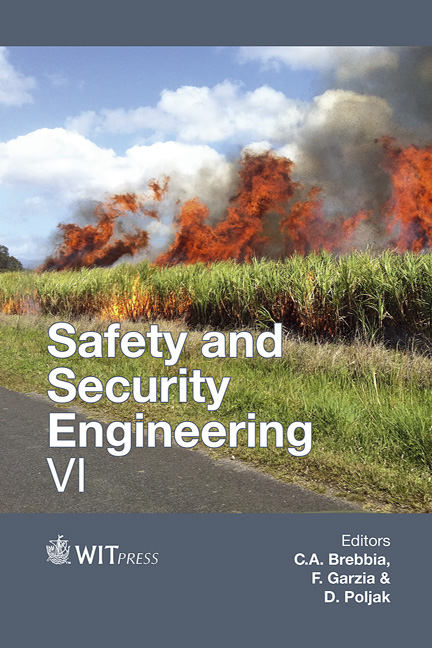Occupational Hazard Prevention And Control In A Quarry Environment: Exposure To Airborne Dust
Price
Free (open access)
Transaction
Volume
151
Pages
12
Page Range
27 - 38
Published
2015
Size
508 kb
Paper DOI
10.2495/SAFE150031
Copyright
WIT Press
Author(s)
G. Alfaro Degan, D. Lippiello, M. Pinzari
Abstract
Dust emissions may be considered among the most critical hazards to be found in quarries due to the design and nature of this working environment. Not only does dust impair the quality of the air from an environmental perspective, but it also impinges on the health and safety of workers. Those responsible for the quarry must demonstrate their compliance with industry standards and legal regulations, and are thereby required to implement several dust mitigation techniques in order to comply with air quality standards and pollutant emission limits. The aim of this paper is firstly to evaluate how quarry workers are affected by the mitigation techniques designed to reduce the impact of dust emissions on the environment. Secondly, an attempt is made to determine which of the proposed strategies is the most effective both in reducing emissions and in reducing the workers’ exposure, and thus defining a suitable strategy on which to focus. The analysis is carried out in four consecutive phases. In the first, the PM10 concentration is sampled and the daily exposure of workers to the respirable fraction of airborne dust is measured. In the second, mitigation techniques, are applied to the main sources of dust according to the technical guidelines stipulated in international standards and norms. In the third phase, the pollutant concentration (PM10) is resampled at various points throughout the quarry plant and a further sampling campaign is carried out with personal samplers to assess workers’ exposure and their daily dose. A comparison of these two sets of values allows both the effectiveness of the applied dust mitigation techniques and the influence of PM10 concentration on the respirable fraction of airborne dust to be quantified. In the final phase, personal samplers are used in order to test the Functional Analysis Space Technique risk assessment procedure in forecasting the daily dose.
Keywords
PM10, respirable dust, workers’ exposure, quarries, FAST





